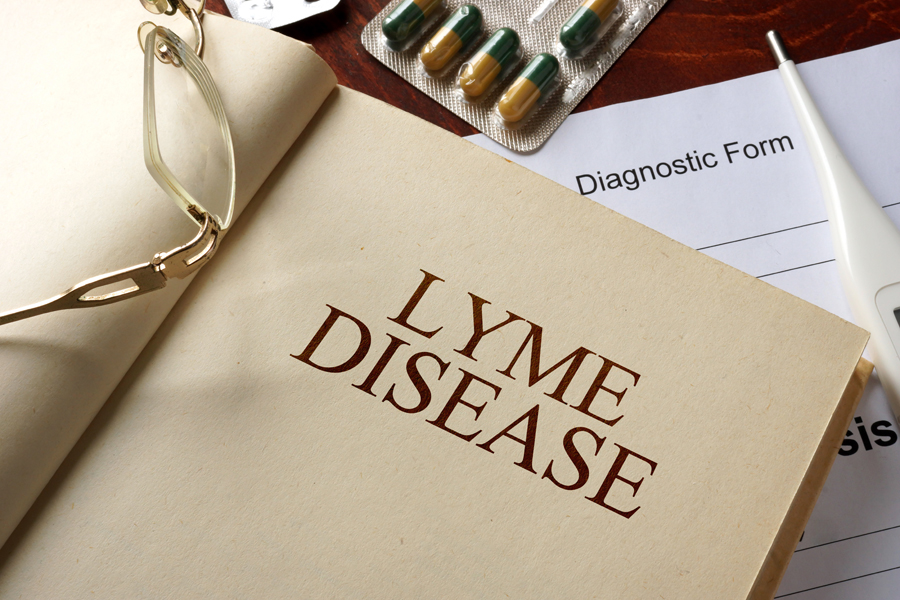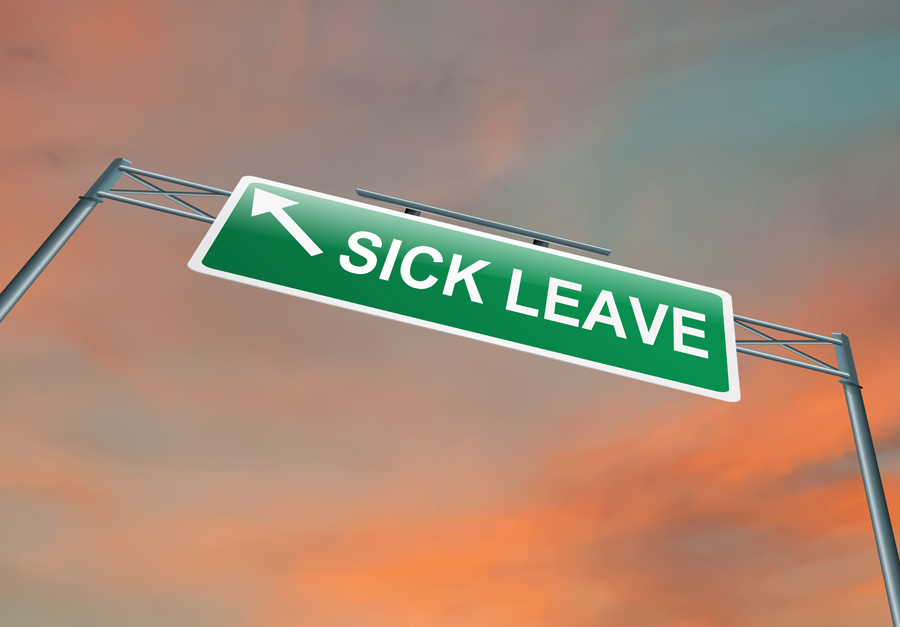Quality of Life for Lyme Disease patients in the Netherlands can be grim
by Daniel J. Cameron, MD MPH Participants in the PLEASE trial were scored using an SF-36 physical component of Health (PCS) scale. Their PCS scores of 31 to 32 were worse than those of a diabetic and cancer patient. [3] These patients’ PCS scores have been 42 and 41, respectively. While PCS scores have been […]
















